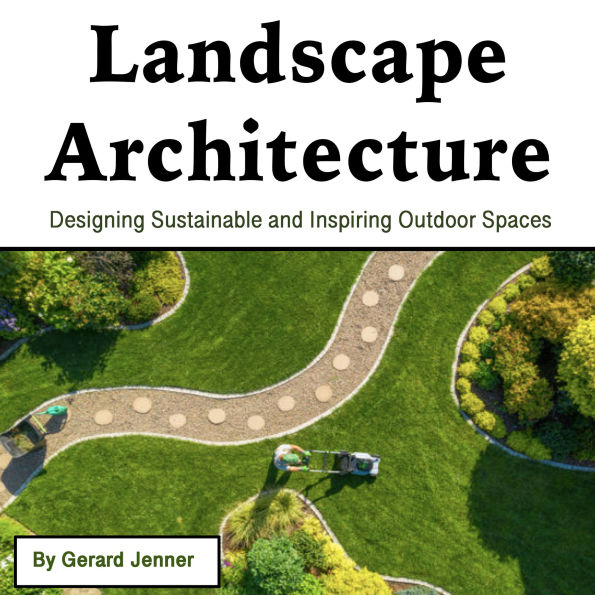This audiobook is narrated by a digital voice.
The morning mist rose from the constructed wetlands at the Qunli Stormwater Park in Harbin, China, where landscape architect Kongjian Yu had transformed a flood-prone agricultural area into an elegant urban landscape that captured and filtered millions of gallons of stormwater while providing recreational space for the rapidly growing city's residents. As joggers wound their way along elevated boardwalks that curved through native reed beds and citizens practiced tai chi beside retention ponds that doubled as habitat for migrating birds, the park demonstrated how contemporary landscape architecture addresses urgent environmental challenges while creating beautiful, functional spaces that enhance urban life and reconnect people with natural processes.
Landscape architecture operates at the intersection of art, science, and environmental stewardship, combining aesthetic sensibility with technical expertise to design outdoor spaces that serve human needs while supporting ecological health and resilience. The profession encompasses projects ranging from intimate residential gardens to vast regional planning initiatives while addressing challenges including climate change, urbanization, habitat loss, and social inequality through design interventions that shape how people experience and interact with the environment.
The historical roots of landscape architecture extend back to ancient civilizations that created formal gardens, sacred groves, and agricultural terraces while demonstrating human capacity to transform natural landscapes for practical and aesthetic purposes. Persian paradise gardens, Chinese scholar gardens, and European baroque landscapes established design principles and cultural meanings that continue to influence contemporary practice while revealing how different societies have understood the relationship between human culture and natural processes.
This audiobook is narrated by a digital voice.
The morning mist rose from the constructed wetlands at the Qunli Stormwater Park in Harbin, China, where landscape architect Kongjian Yu had transformed a flood-prone agricultural area into an elegant urban landscape that captured and filtered millions of gallons of stormwater while providing recreational space for the rapidly growing city's residents. As joggers wound their way along elevated boardwalks that curved through native reed beds and citizens practiced tai chi beside retention ponds that doubled as habitat for migrating birds, the park demonstrated how contemporary landscape architecture addresses urgent environmental challenges while creating beautiful, functional spaces that enhance urban life and reconnect people with natural processes.
Landscape architecture operates at the intersection of art, science, and environmental stewardship, combining aesthetic sensibility with technical expertise to design outdoor spaces that serve human needs while supporting ecological health and resilience. The profession encompasses projects ranging from intimate residential gardens to vast regional planning initiatives while addressing challenges including climate change, urbanization, habitat loss, and social inequality through design interventions that shape how people experience and interact with the environment.
The historical roots of landscape architecture extend back to ancient civilizations that created formal gardens, sacred groves, and agricultural terraces while demonstrating human capacity to transform natural landscapes for practical and aesthetic purposes. Persian paradise gardens, Chinese scholar gardens, and European baroque landscapes established design principles and cultural meanings that continue to influence contemporary practice while revealing how different societies have understood the relationship between human culture and natural processes.

Landscape Architecture: Designing Sustainable and Inspiring Outdoor Spaces

Landscape Architecture: Designing Sustainable and Inspiring Outdoor Spaces
FREE
with a B&N Audiobooks Subscription

Product Details
| BN ID: | 2940195009007 |
|---|---|
| Publisher: | Freegulls Publishing House LLC |
| Publication date: | 08/21/2025 |
| Edition description: | Unabridged |
Videos

